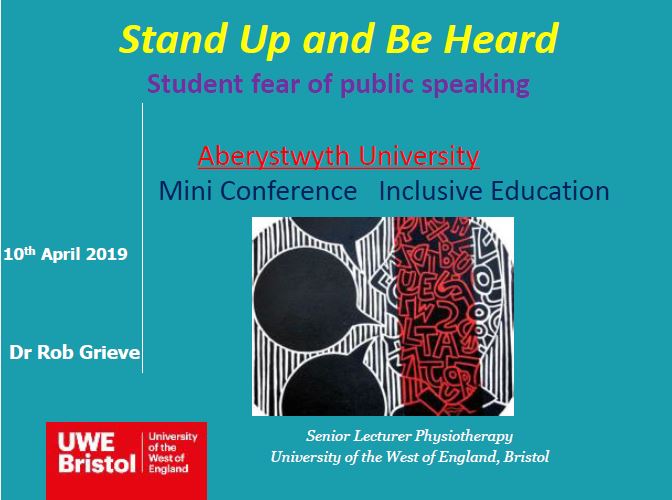At the end of last month, we blogged about getting our hands on a test Blackboard SaaS environment. This month we’ve started the process of testing the environment and finding out the differences and similarities between SaaS and our current version of Blackboard.
A lot of the work this month is being done by our Blackboard Project Manager in Amsterdam. Blackboard have taken a full copy of our local version and are importing it into the new SaaS system. Once this is done, we’ll be able to have a look at our existing courses, check that the migration process has worked and that everything is behaving as expected. This will mean looking at existing content, testing all the tools work properly, and running through all the normal daily processes we use.
In the meantime, we are testing all the Building Blocks that have been developed in-house at AU. Building Blocks are the Blackboard name for extension tools – some examples of Building Blocks you’ll recognise are Turnitin and Panopto. A Building Block embeds third-party functionality into Blackboard, for example using Blackboard enrolments to control permissions, and making it easy to display content in a Blackboard module. However, there are other tools that you use every day, but you probably don’t even know have been created at AU. The scrolling banner and My Modules box are examples of these. We also have some tools that we as System Admins use and ordinary users will never see – things that allow us to deliver the NSS information to third year students or provide a Blackboard feed to ApAber.
The testing process has involved documenting what each tool does and how it behaves now. We then use the same tool in our SaaS environment to check that it has the same outcome and behaves the same way. We make sure that all Building Blocks are tested in multiple browsers, as well as on PC and Apple. Where appropriate we’ll also test on a mobile device. And of course, we check in both English and Welsh. Once this has been done, we’ll pass feedback to our local developers for any changes that might be needed. And then the process starts again.
We’re also getting used to the continuous deployment cycle that we talked about in the last blog post. This means making sure we receive the emails that come from Blackboard and read them closely to look at what’s changing for our environment. We may have fixes for problems we’ve reported or new / updated tools. Once the deployment has been installed, we then need to test each of the new items to make sure it does what we expect it to do as well as making sure that our bug has been fixed where appropriate. We may also need to update our documentation, FAQs etc to reflect the changes that will be made.



